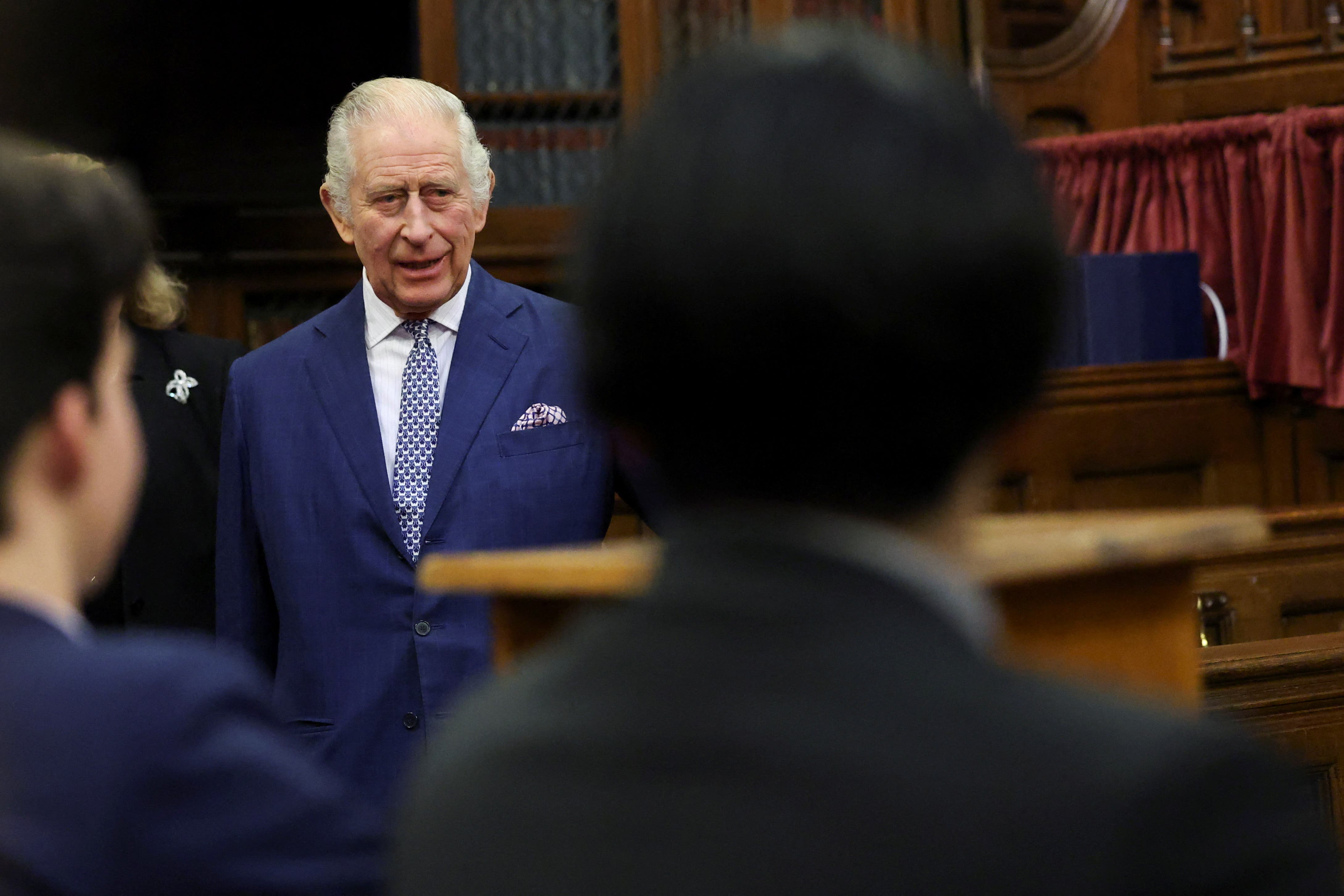King back in London ahead of hospital treatment
Charles travelled from Sandringham, Norfolk, on Thursday afternoon.

The King has arrived back in London ahead of treatment for an enlarged prostate.
Charles, 75, was seen being driven near Buckingham Palace after travelling from Sandringham in Norfolk on Thursday afternoon, The Sun reported.
The monarch has cancelled a number of engagements as he prepares to undergo a corrective procedure this week.
Buckingham Palace confirmed the union flag above monarchy HQ had been replaced with a Royal Standard, signalling the King was in residence.
The King often stays in nearby Clarence House – his preferred London home.
Charles was diagnosed with the benign condition on January 17 while staying at Birkhall in Scotland, after going for a check-up because he was experiencing symptoms.
He is understood to have wanted to share the news to encourage other men to get themselves checked.
The King, who only acceded to the throne 16 months ago, was urged to rest by his doctors ahead of the corrective procedure.
The Queen had previously said her husband is “fine” and looking forward to getting back to work.
News of his diagnosis came on the same day that Kensington Palace announced the Princess of Wales was in hospital after undergoing major abdominal surgery.
Kate, 42, remains in The London Clinic and is not expected to carry out official engagements until after Easter, with the Prince of Wales clearing his diary of official duties for the time being.
One in every three men over the age of 50 will have symptoms of an enlarged prostate, which include needing to visit the toilet more frequently, with more urgency, and difficulty emptying the bladder.
An enlarged prostate, known as benign prostatic hyperplasia (BPH), does not usually pose a serious threat to health, and it is not cancer.
But patients may need to have several tests for the condition to rule out the possibility they have another illness with similar symptoms, such as prostate cancer.
Surgery is usually only recommended for moderate to severe symptoms that have not responded to medicine, the NHS website says.
Treatment can include a number of procedures, including removing part of the prostate gland with a laser, water ablation using the pressure of the water to destroy prostate tissue, or urethral lift implants, which hold the enlarged prostate away from the urethra so it is not blocked.
Other options include a prostate artery embolisation, during which tiny plastic particles are injected into blood vessels to shrink the prostate gland by reducing its blood supply.
NHS England said the “enlarged prostate” page on the NHS website received one visit every five seconds on the day the King’s diagnosis was announced, with further huge boosts in visits in the days that followed.